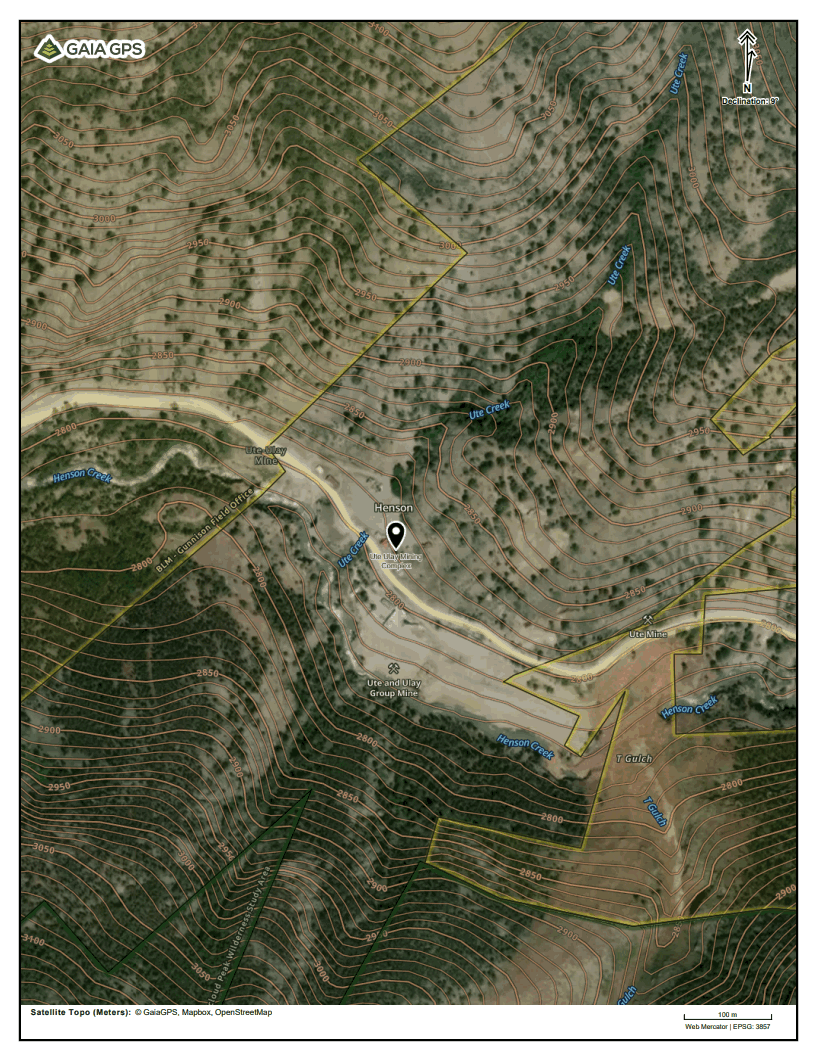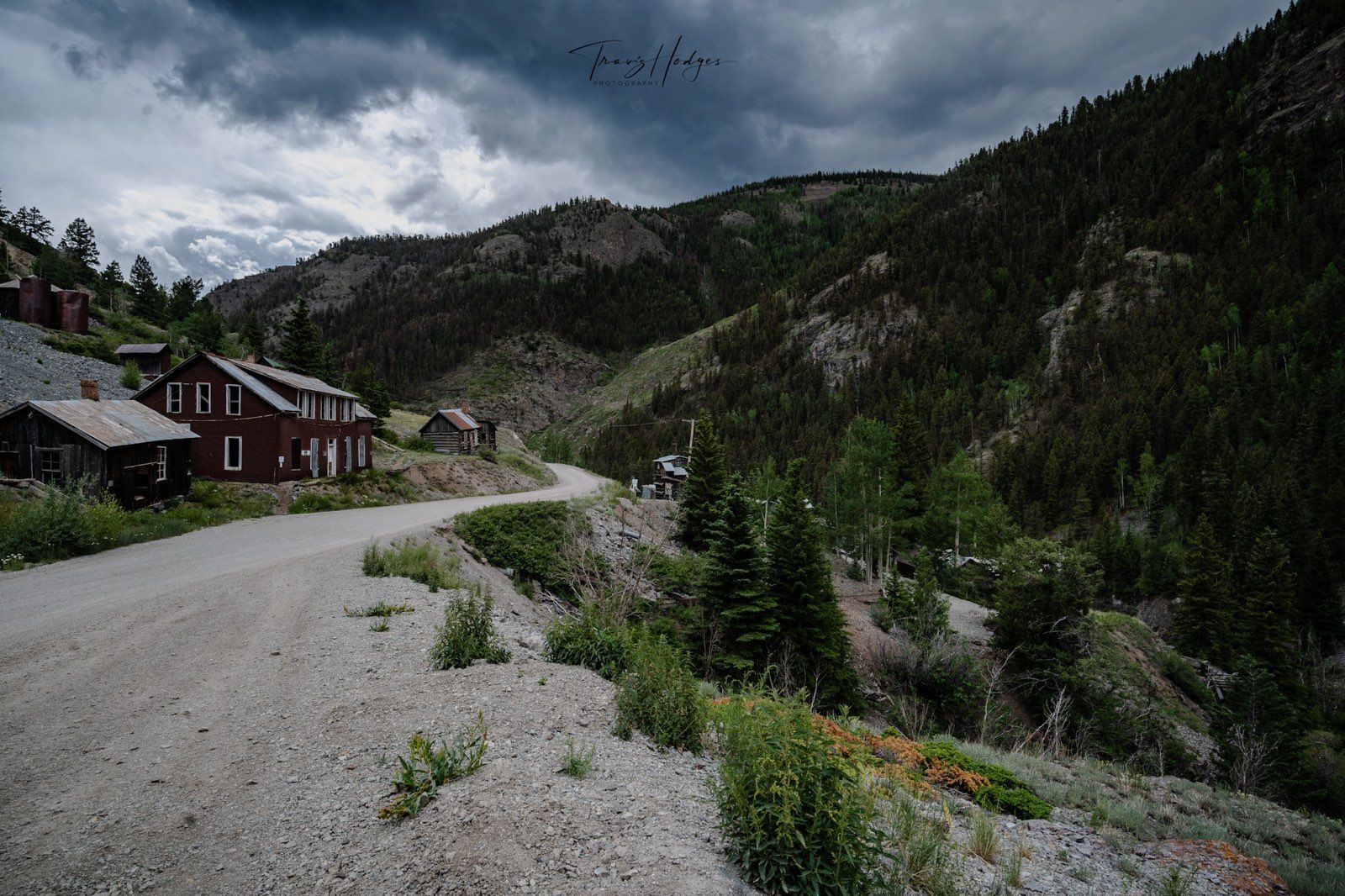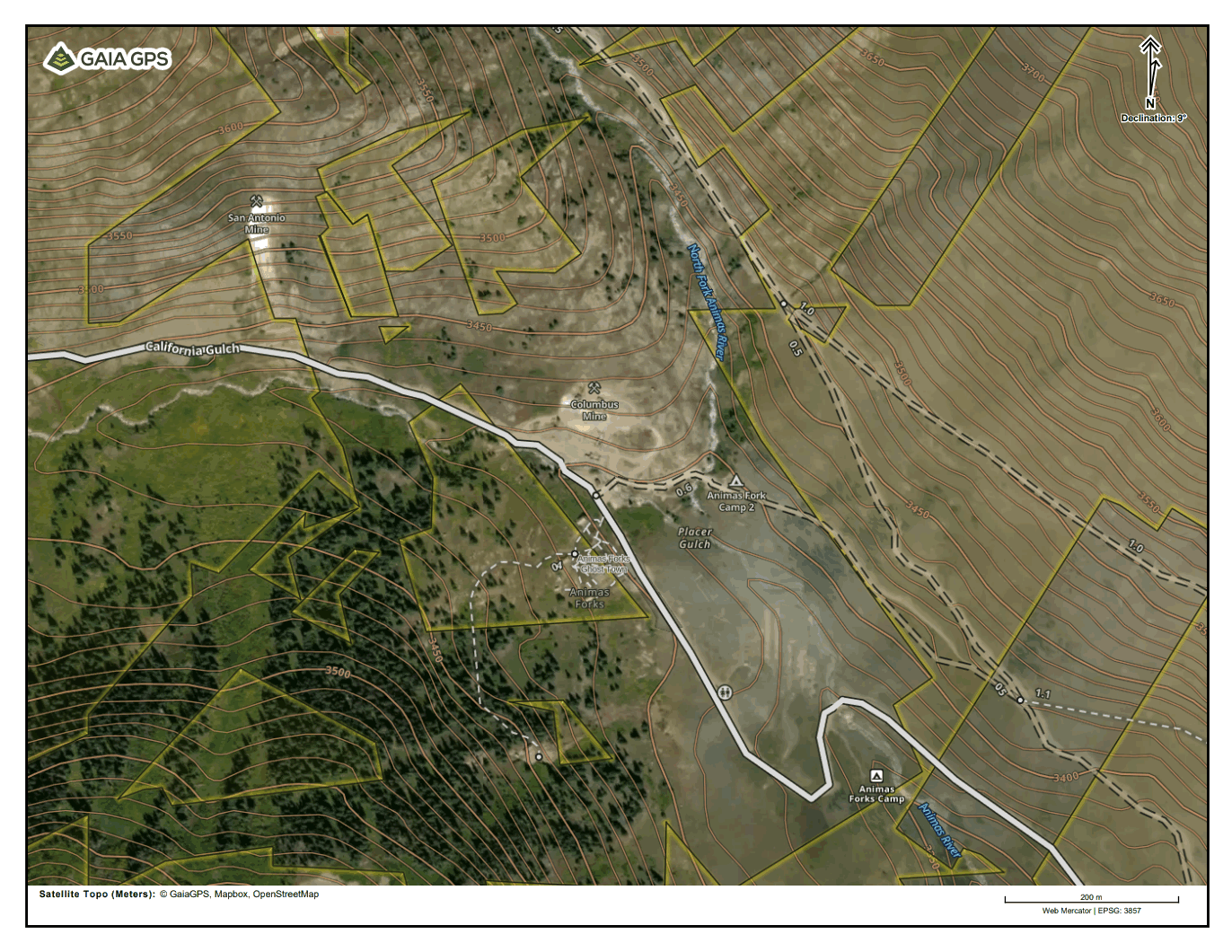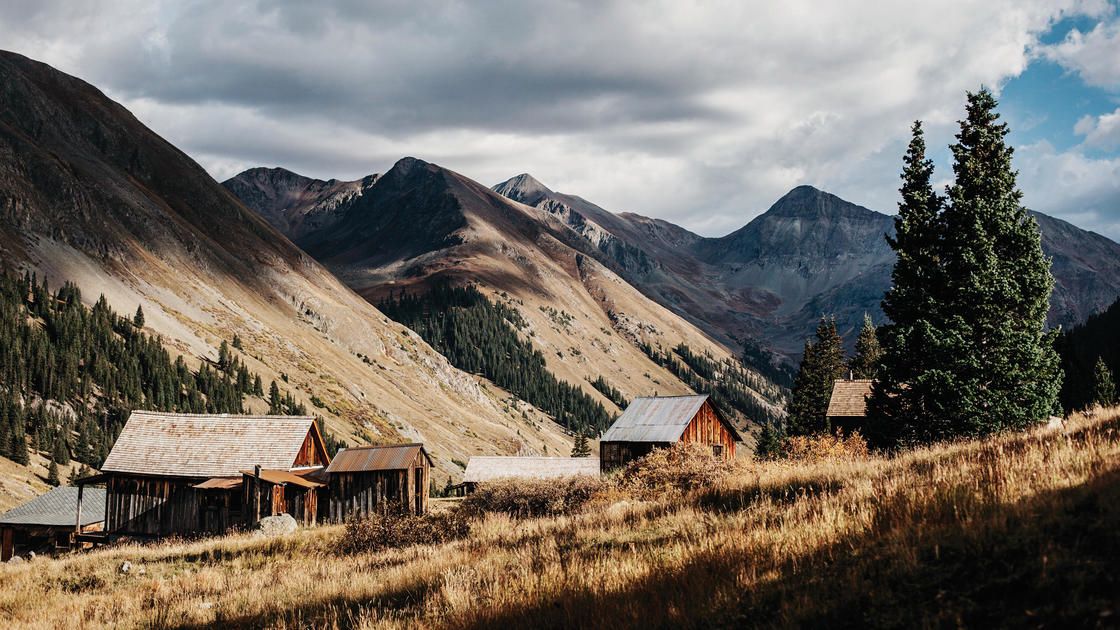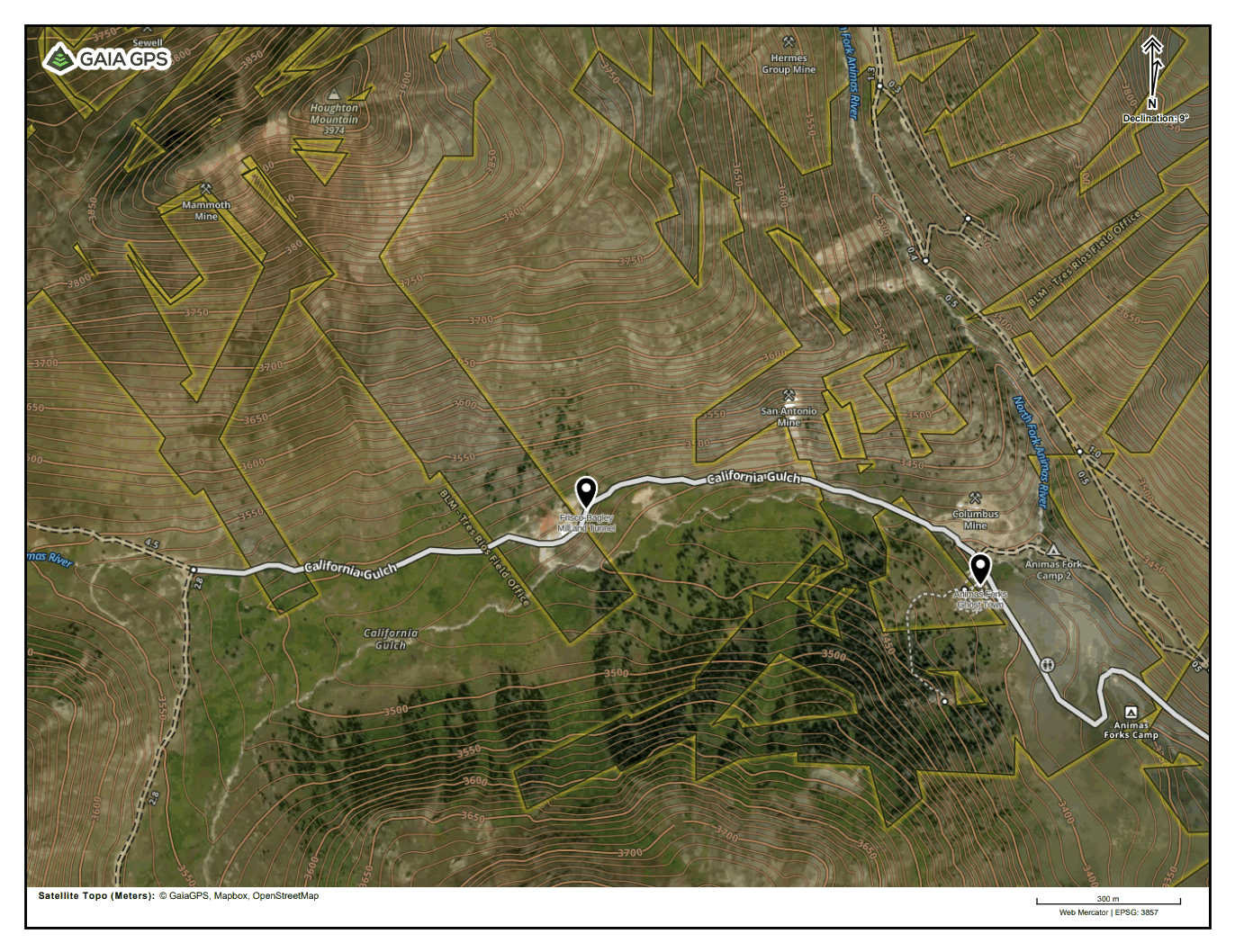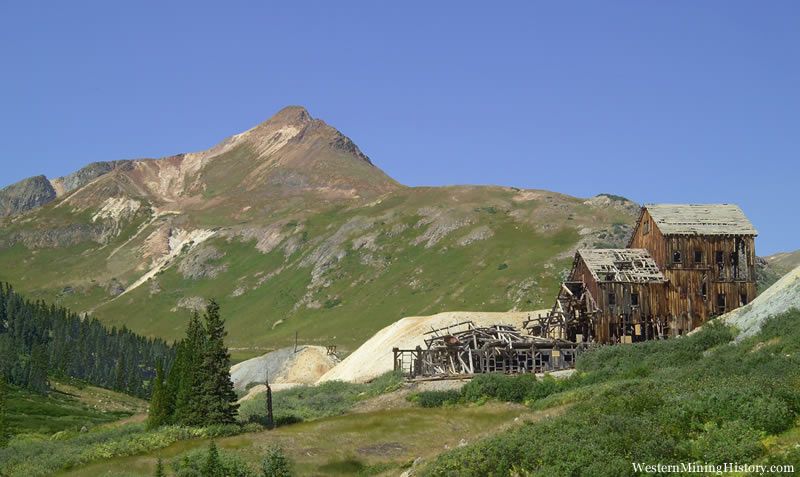The Mining History tour typically starts with an introduction to the history of the region and how mining played a role in its development. This may include information on the types of minerals or resources that were extracted from the area and how they were used.
As the tour progresses, visitors are taken to various mining sites to see the remnants of old mining operations, including abandoned mines, mining equipment, and other structures that were used in the mining process. Some tours may even allow visitors to enter old mines or mining tunnels to experience what it was like for miners working underground.
Tour guides will typically explain the different mining techniques that were used in the past and how they have evolved over time. They may also discuss the challenges that miners faced, such as dangerous working conditions, health hazards, and conflicts with indigenous peoples or other groups.
In addition to learning about the history of mining, visitors may also get the chance to see how mining operations have changed over time, and how they continue to impact the local environment and communities today. The tour may include information on modern mining practices, reclamation efforts, and ongoing environmental and social issues related to mining.
Ute-Ulay
The Ute-Ulay mine was a historic mining operation located in the Lake City Mining District of Colorado. The mine was established in the late 1800s, during the peak of the region's silver boom, and it was one of the largest and most successful mines in the area.
The Ute-Ulay mine was known for producing high-quality silver ore, as well as smaller quantities of other minerals such as lead, zinc, and gold. The mine was equipped with state-of-the-art technology, including underground railways and hoists, and it employed a large number of miners.
During its peak, the Ute-Ulay mine was a major contributor to the local economy, providing jobs and financial stability for the surrounding community. However, the mine faced challenges such as fluctuating silver prices, declining ore quality, and increasing costs.
In the early 1900s, the Ute-Ulay mine was closed, along with many of the other mines in the Silverton Mining District. The mine's buildings and equipment were either dismantled or left to decay, and the site was eventually abandoned.
Today, the Ute-Ulay mine is a popular tourist destination, attracting visitors who are interested in exploring the history of the American West and the mining heritage of the region. Visitors can tour the site and see the remains of the mine, including old mining equipment and ore carts, as well as other artifacts related to the area's mining history.
Animas Forks
Animas Forks is a ghost town located in the San Juan Mountains of Colorado, USA. The town was founded in the late 1880s and quickly grew into a thriving mining community, primarily due to its abundant silver deposits.
At its peak, Animas Forks was home to over 300 residents and boasted several hotels, stores, a school, and even a newspaper. The town also had its own hydroelectric power plant, which supplied electricity to the mines in the area.
Despite its success, Animas Forks faced challenges such as harsh winters and the fluctuation of silver prices. In the early 1900s, the town's population began to decline, and many residents moved to nearby Silverton in search of work.
By the 1920s, the majority of the mines in the area had closed, and Animas Forks became a ghost town. The town's buildings were either torn down or left to decay, and only a few remnants of the once-thriving community remain.
Today, Animas Forks is a popular tourist destination, attracting visitors who are interested in exploring the history of the American West and the mining heritage of the region. Visitors can tour the remaining buildings and see the remnants of the town's past, including old mining equipment, ore carts, and other artifacts.
Frisco-Bagley Mill and Tunnel
The Frisco-Bagley Mill and Tunnel were part of a historic mining operation located in the San Juan Mountains of Colorado, USA. The mill was built in the 1880s to process silver ore from the nearby mines, and the tunnel was used to transport ore from the mines to the mill.
The Frisco-Bagley Mill was one of the largest and most advanced mills in the region, and it played an important role in the development of the local mining industry. The mill was equipped with cutting-edge technology, including steam-powered stamp mills and ball mills, and it was capable of processing a large amount of ore each day.
The tunnel, which was over 2,000 feet long, was also an engineering marvel for its time. It was carved through solid rock to provide a direct route from the mines to the mill, and it helped to reduce the cost and time involved in transporting ore from the mines to the mill.
Despite its success, the Frisco-Bagley Mill and Tunnel faced challenges such as fluctuating silver prices and the high cost of maintenance and repair. In the early 1900s, the mill and tunnel were abandoned, and the surrounding mines were eventually closed.
Today, the Frisco-Bagley Mill and Tunnel are popular tourist destinations, attracting visitors who are interested in exploring the history of the American West and the mining heritage of the region. Visitors can tour the site and see the remains of the mill and tunnel, as well as other artifacts related to the area's mining history.
